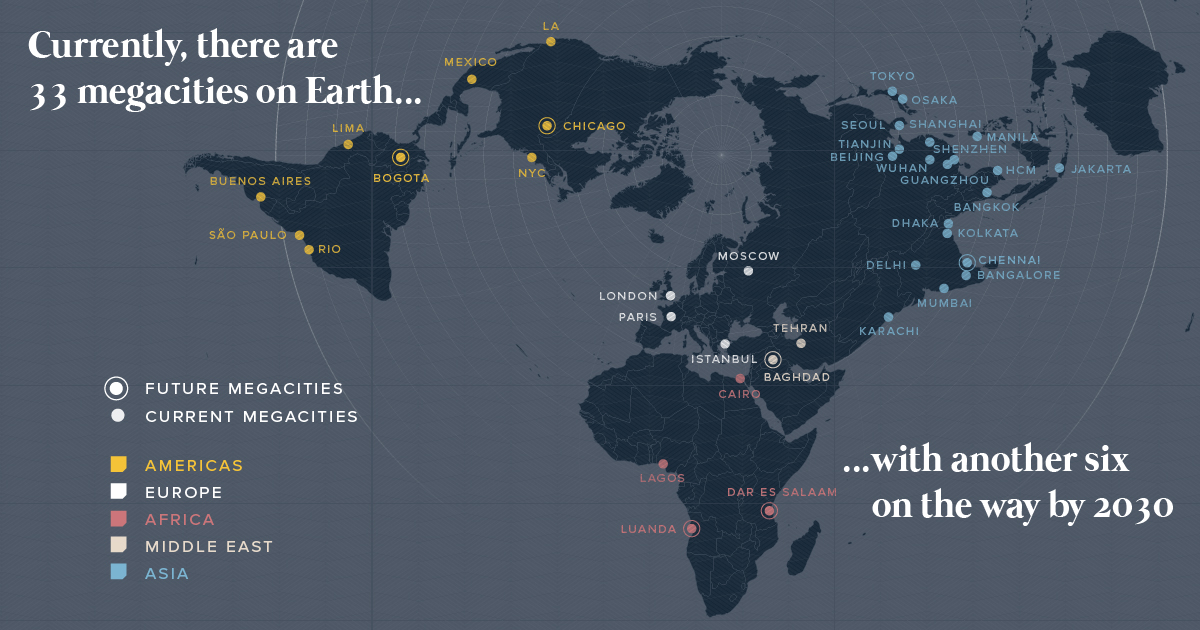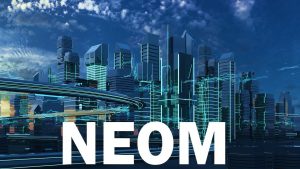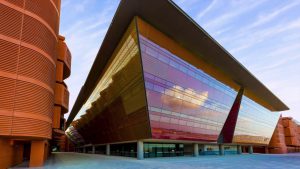#WorldCitiesDay2019 – Better City, Better Life.
Rapid urbanization is one of the major forces shaping our global economic future. Cities are the essence of a country’s economy, market and identity. They generate wealth and improve living standards while providing the density, interaction and networks that make us more creative and productive.
World Cities Day was established on December 27, 2013, by the United Nations General Assembly in its resolution, in which the General Assembly “invites States, the United Nations system, in particular, UN-Habitat, relevant international organizations, civil society and all relevant stakeholders to observe and raise awareness of the day.’
In the 1930s, New York City was named the first ‘megacity’ when its population officially exceeded 10 million people. Fast forward to today, and there are now 33 ‘megacities’, and this number is increasing at a rapid rate – with 6 more expected by 2030, according to the World Economic Forum.
By 2030, it is predicted that megacities will house 9% of the global population and contribute 15% of the world’s GDP[1]. By then, more than 60% of the world’s population – 5 billion people – will live in cities.

In the Middle East, ambitious plans are underway to build cities from scratch with both Saudi Arabia and the United Arab Emirates working on multibillion-dollar projects to construct new city hubs. These ground-up projects provide governments with an unprecedented opportunity to make these cities sustainable and to fill them with cutting- and tech-driven global economy edge smart technologies, giving the region a leading position in an increasingly connected.
 In October 2017, Saudi Arabia announced NEOM, a futuristic megacity that will be 33 times the size of New York City, spanning an area of 26,500 square kilometers across Saudi Arabia, Jordan and Egypt, at the northern end of the Red Sea. NEOM, named as a portmanteau of the Greek word ‘neos’, meaning ‘new’, and ‘mustaqbal’, the Arabic word for ‘future’, will be developed in its own free zone, giving it the power to set and regulate its own taxation, customs, and labor laws independently of the rest of Saudi Arabia. The city is a bold demonstration of Saudi Arabia’s commitment to its Saudi Vision 2030: an ambitious plan to revolutionize the country’s society, diversify the economy and become a global hub for technology.
In October 2017, Saudi Arabia announced NEOM, a futuristic megacity that will be 33 times the size of New York City, spanning an area of 26,500 square kilometers across Saudi Arabia, Jordan and Egypt, at the northern end of the Red Sea. NEOM, named as a portmanteau of the Greek word ‘neos’, meaning ‘new’, and ‘mustaqbal’, the Arabic word for ‘future’, will be developed in its own free zone, giving it the power to set and regulate its own taxation, customs, and labor laws independently of the rest of Saudi Arabia. The city is a bold demonstration of Saudi Arabia’s commitment to its Saudi Vision 2030: an ambitious plan to revolutionize the country’s society, diversify the economy and become a global hub for technology.
This model has been successfully implemented elsewhere in the Middle East, and when the project completes in 2025, NEOM will quickly become the largest such zone in the region.
With average wind speeds of 10.3 meters per second and abundant solar resources, NEOM will be a city powered entirely by renewable energy. Its transport systems will also be “100% green” and “automated[2]” while the city’s commitment to developing a world-class quality of life will spread to its education, housing and healthcare provision.
As emphasized by HRH Crown Prince Mohammed bin Salman, there will also be an emphasis on artificial intelligence, robotics and drones, while even supermarkets will not exist in their familiar form. Instead, automation will deliver items direct to people’s homes when they need them. All of these ambitions perhaps explain why leading tech analysts are already dubbing NEOM as “a smart city on steroids[3]”.
 The UAE is no stranger to rapid urbanization, having built Dubai from little more than a fishing town to a substantial tourist metropolis in just over 60 years. In 2008, Masdar City in Abu Dhabi was announced with an aim to be the world’s most sustainable low-carbon city and a hub for clean-tech companies. The total site area is about 6,000,000m², while the gross floor area of Masdar City alone comprises of 4,000,000m². Situated in a strategic location, Masdar City is only 5 minutes from Abu Dhabi International Airport, and 40-minute drive from Dubai. Masdar City is in part powered by clean energy generated from a 10 MW solar power plant on site and 1 MW solar rooftop system[4]. Harnessing the sun’s rays, the plant produces 17,500 MWh of clean electricity annually and diverts 7,350 tonnes of carbon emissions per year[5].
The UAE is no stranger to rapid urbanization, having built Dubai from little more than a fishing town to a substantial tourist metropolis in just over 60 years. In 2008, Masdar City in Abu Dhabi was announced with an aim to be the world’s most sustainable low-carbon city and a hub for clean-tech companies. The total site area is about 6,000,000m², while the gross floor area of Masdar City alone comprises of 4,000,000m². Situated in a strategic location, Masdar City is only 5 minutes from Abu Dhabi International Airport, and 40-minute drive from Dubai. Masdar City is in part powered by clean energy generated from a 10 MW solar power plant on site and 1 MW solar rooftop system[4]. Harnessing the sun’s rays, the plant produces 17,500 MWh of clean electricity annually and diverts 7,350 tonnes of carbon emissions per year[5].
Today, Masdar City is open, with people already living and working there and enjoying its collaborative environment, which “encourages people to live, work and play sustainably”. Masdar City continues to add new businesses, schools, restaurants and, when complete, will house 50,000 people in addition to a further 40,000 people who will visit each day to work or study.
NewCities Foundation, a global non-profit organization, is collaborating with governments and civil societies across the globe to incubate, promote and scale urban innovations to ultimately make cities more inclusive, connected, healthy and vibrant. From its outset, NewCities has placed wellbeing at the heart of how cities should be planned in order for their residents to thrive and for the cities to sustain.
A recent report from Royal Institution of Chartered Surveyors (RICS): ‘Cities, health and wellbeing’ supports this, advocating that: “the economic, social and governance opportunities of cities can promote healthier living”, but also points out that “this has to be actively created and maintained”. Many factors can affect health and well-being, and these need to be considered, understood and influenced when developing cities in order to build healthy urban environments. These include water, waste and sanitation infrastructure, mixed land use, connectivity, and access to food, water, heat and electricity.
Through our long-standing partnerships with Massachusetts Institute of Technology (MIT), such as the Abdul Latif Jamel Poverty Action Lab (J-PAL) and the Abdul Latif Jameel Water & Food Systems Lab (J-WAFS), we are invested in pioneering the kind of positive social change required to build successful and cohesive communities – ensuring a better future for all.
The same report from RICS also stresses that “important smart city sectors include energy, water and transport[6]”. These vital industries are all part of the ‘infrastructure of life’ in which Abdul Latif Jameel has developed extensive and world-leading experience and expertise for over seven decades.
Omar Al Madhi, Senior Managing Director at Abdul Latif Jameel Investments, believes these proven capabilities could play a crucial contribution as the region charts the next exciting phase of its development. Mr Al Madhi said:
“For more than six decades, Abdul Latif Jameel has been at the heart of enterprise and development in the MENAT region. Our business has evolved and diversified, and we now work across seven key sectors that contribute to the infrastructure of life. We have brought world-class knowledge and expertise to our home country and significantly enhanced the quality of life across all the communities we serve, in the MENAT region – and beyond.”
As the urban environment increasingly becomes the engine of the global economy, we are excited to take part of this next phase of growth and to see the opportunities to build a better future emerge. We look forward to the journey ahead!
#WorldCitiesDay2019 – Better City, Better Life.

[2] Neom: New Way, New Era, Discover Neom, accessed April 2018
[3] “A smart city on steroids” – what will it be like to live in Saudi Arabia’s $500bn digital oasis, Neom? Verdict, 4 November 2017
[4] https://masdar.ae/en/masdar-city/the-city
[5] https://masdar.ae/en/masdar-city/the-city
[6] Smart cities, Royal Institution of Chartered Surveyors, 2 February 2017





 1x
1x

 Added to press kit
Added to press kit


